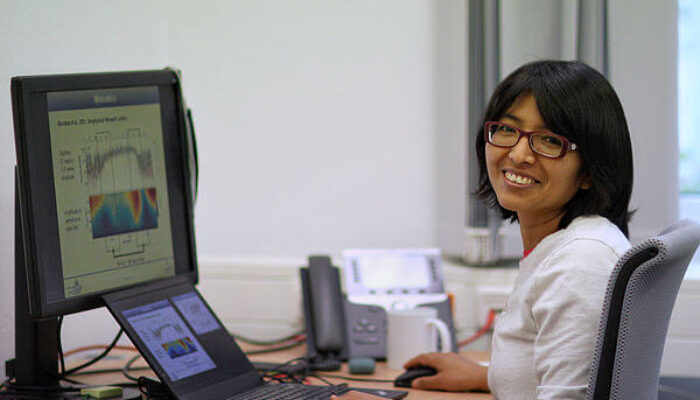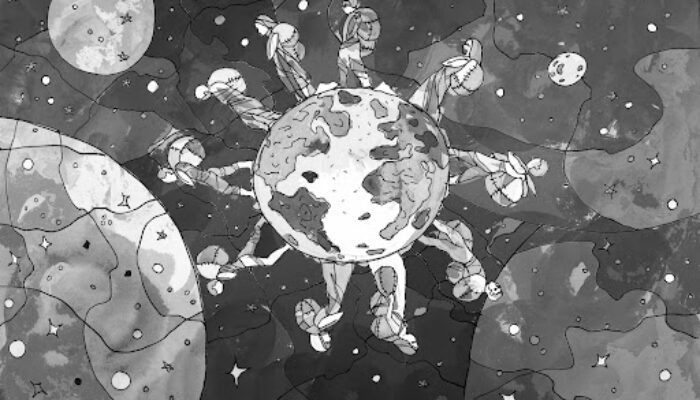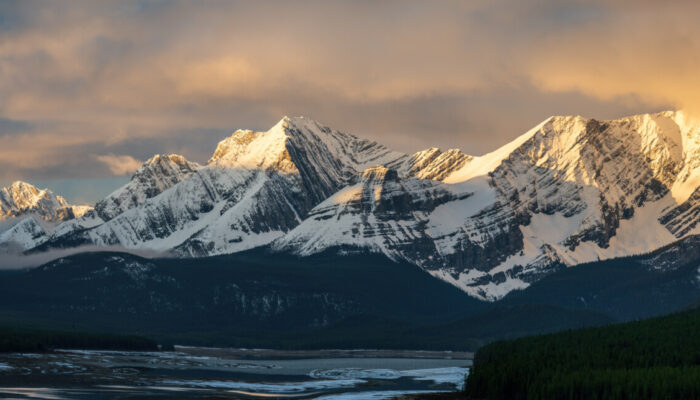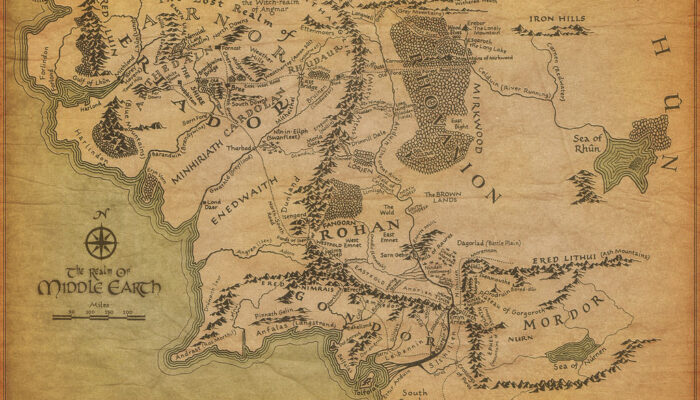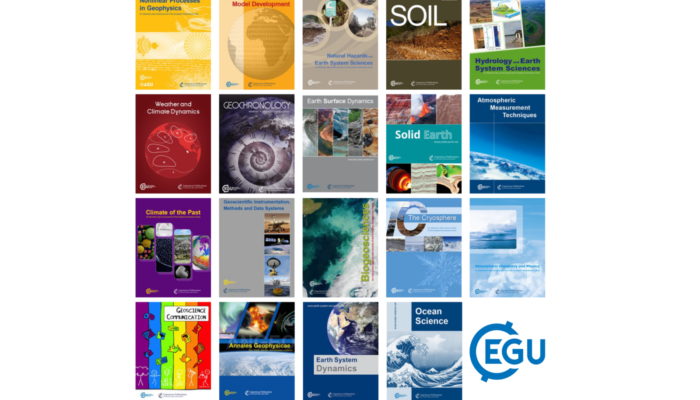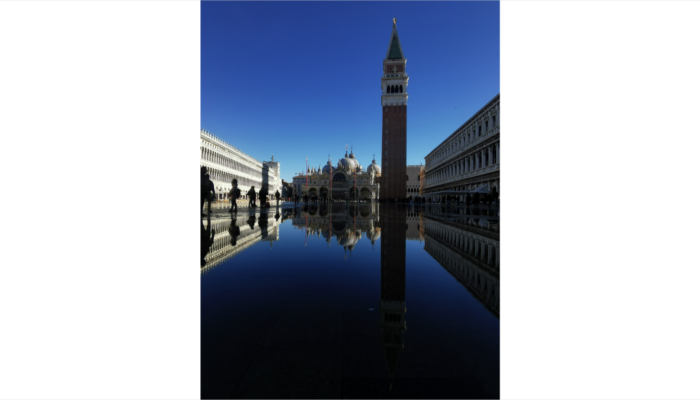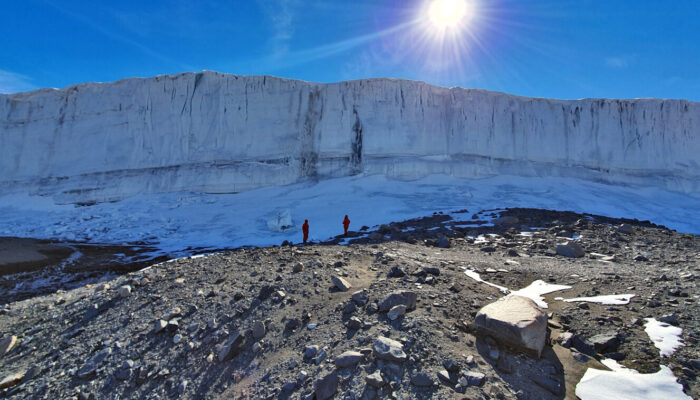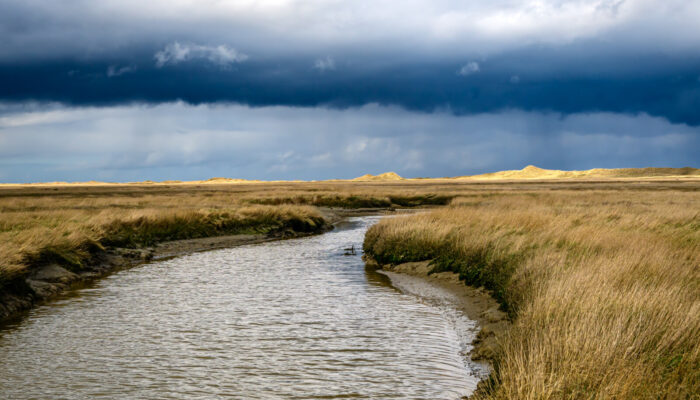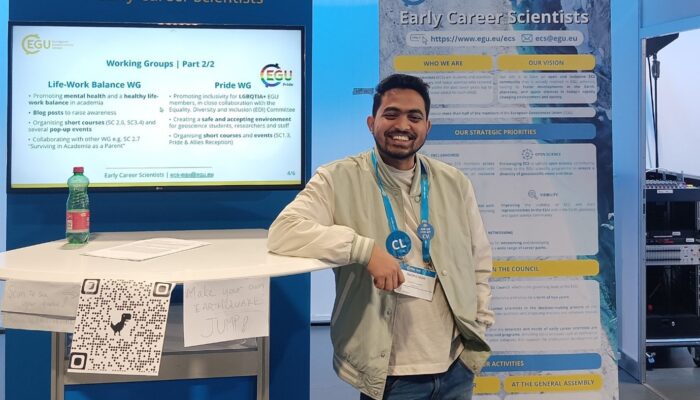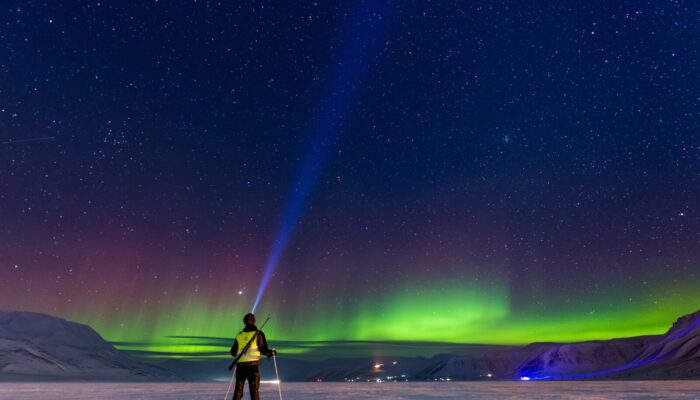Hi Liliana. Welcome to GeoTalk! Can you tell us a bit about yourself and your background? Hi, I was born in the highlands in Peru. This gave me the advantage of living more in contact with nature. Since I remember, I was fascinated about the shape of the clouds, the sounds of the wind in the mountains or trees, the sounds of the rain and what they do to our surrounding; the lightning flashes and t ...[Read More]
GeoLog
International Archaeology Day: Challenging stereotypes about migration
Discoveries like excavations of prehistoric civilizations, shipwrecks with long-lost treasures, forgotten cities, and ancient tombs and temples, paint a vivid picture of archaeology and human history. Yet understanding how cultures evolved is often a more laborious process focused on prosaic finds; pottery shards, tools, implements, skeletal remains, art, inscriptions, pollen or soil samples, amon ...[Read More]
GeoLog
What does open science mean in the real world? My experiences in becoming EGU’s editorial manager
For nearly 7 months now, I have held the position of EGU’s editorial manager. However, my interest in and passion for open access and open science in general goes back several years. Here, it is important to make the distinction: open science is a broad concept that encompasses transparency and accessibility in the entire research process, while open access is an important component of open scienc ...[Read More]
GeoLog
Far over the Misty Mountains cold, to dungeons deep and caverns old: the geology of the Lord of the Rings.
“He loved mountains, or he had loved the thought of them marching on the edge of stories brought from far away; but now he was borne down by the insupportable weight of Middle-earth.” J.R.R. Tolkien (1955) Return of the King ‘The Lord of the Rings‘ by J.R.R. Tolkien is one of the most famous english-language fantasy book series’ ever written. It set the blueprint for ...[Read More]
GeoLog
GeoRoundup: the highlights of EGU Journals published during September!
Each month we feature specific Divisions of EGU and during the monthly GeoRoundup we put the journals that publish science from those Divisions at the top of the Highlights roundup. For September, the Divisions we are featuring are: Climate: Past, Present & Future (CL), Earth and Space Science Informatics (ESSI) and Hydrological Sciences (HS). They are served by the journals: Climate of the Pa ...[Read More]
GeoLog
Imaggeo On Monday: Venice, the city of resilience, the city of mirrors and mirages
High tide captured during the morning of November 6th, 2023 in Piazza San Marco, Venice (Italy). The MOSE system of mobile gates, designed to defend the Venice lagoon from tides up to 3 metres high, is not activated for tide levels below 110 cm. However, when the tide reaches 83 cm, the lowest point of St. Mark’s Square begins to flood. Photo and caption by Maria Katherina Dal Barco, shared ...[Read More]
GeoLog
Researchers share insights from first-of-its-kind ice loss study of Antarctic Ice Sheet
Hi Ronja and Emily, thank you for agreeing to doing this interview. Could you tell us briefly about your background and how you came to research your field? Emily: I have an environmental science/physical geography background and I have been working with an ice sheet model during and after my PhD to understand how glaciers and ice streams in Greenland and Antarctica may respond to climatic changes ...[Read More]
GeoLog
Imaggeo On Monday: Tidal channel and saltmarsh in Germany
“A tidal channel (‘Priel’) in a saltmarsh of the Wadden Sea, northern Germany.” Tidal channels are an integral part of salt marshes and form naturally, connecting the marsh with the nearest water body. These tidal channels provide an ecological bounty for a diverse range of life, from plants to invertebrates to birds and mammals – and include many benefits for the peo ...[Read More]
GeoLog
GeoTalk: meet Nazimul Islam, Dendrochonrologist and Climate ECS Representative!
Hi Naz. Thanks for joining us for this edition of GeoTalk! How did you get into studying tree rings? Hello, thank you for inviting me! Well there is an interesting story behind this so let me share it with you. I was always fascinated by our natural environment, particularly mountains, glaciers, and rivers. That motivated me to study Geography for my Bachelor and Master Degrees. For my MSc dissert ...[Read More]
GeoLog
GeoPolicy: Insights for the Green and Digital Transition
This month’s GeoPolicy Blog post dives into the Science Europe publication, Science–Policy in Action: Insights for the Green and Digital Transition, which aims to contribute to the development of a framework for Science-Policy Interfaces, map the interface activities coordinated by their member organisations, and identify areas where these activities could be improved. Not only does the report pro ...[Read More]

